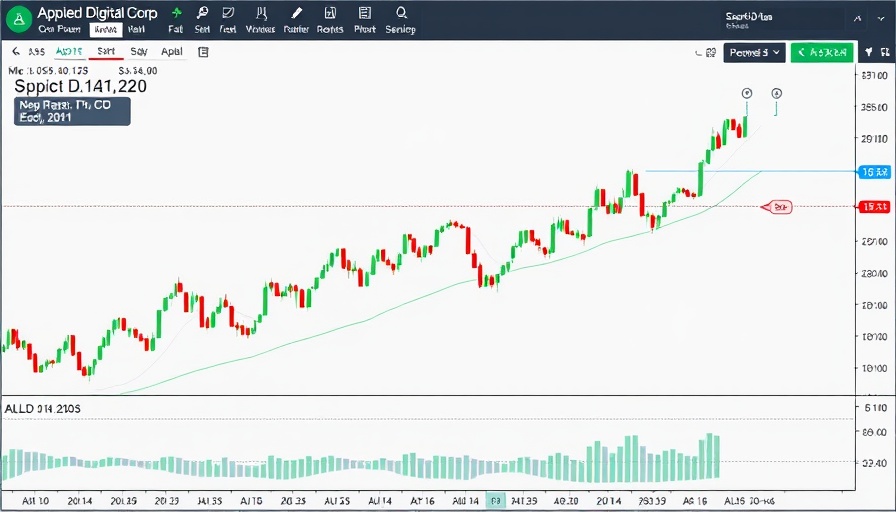
Understanding Options Trading: A Primer for Professionals
As professionals seek additional avenues for financial growth, options trading emerges as a compelling choice. This specialized investment strategy allows individuals to leverage market movements without necessarily owning the underlying assets. By grasping the fundamentals of options—such as calls, puts, expiration dates, and strike prices—investors can navigate this complex arena with confidence.
The Safety Net: Risk Management Strategies in Options Trading
Risk management is indispensable in the world of options trading. Professional investors are increasingly adopting strategies like covered calls and protective puts to mitigate potential losses. A covered call involves holding a long position in a security while selling call options on the same asset, providing income while capping upside potential. Protective puts, on the other hand, are purchased to hedge against unfavorable price movements, ensuring a safeguard against market volatility. Understanding how to employ these strategies not only helps protect one's investments but also enhances the overall portfolio performance.
Execution Strategies: Timing and Market Conditions
Choosing the right moment to trade options can significantly influence profitability. Professionals often analyze market conditions, focusing on indicators such as volatility, interest rates, and economic trends. Employing technical analysis tools can aid in identifying optimal entry and exit points. Moreover, being aware of earnings reports, economic data releases, and geopolitical events is crucial when formulating a trading strategy. Recognizing how these factors can affect the underlying assets is key to maximizing returns.
Evaluating Options: The Importance of Research
In today's fast-paced financial landscape, diligent research is paramount. Professional traders leverage a variety of resources, from comprehensive financial news sites to detailed technical charts. Options pricing models, including the Black-Scholes model, can help traders understand the fair value of options and identify potential trading opportunities. Additionally, awareness of changes in implied volatility can help assess whether options are fairly priced or if they present opportunities for profit.
Navigating the Complexities: Funding Options and Financial Planning
For professionals engaging in options trading, understanding the financial implications is crucial. Assessing one's current financial standing—including cash flow, asset allocation, and emergency funds—allows for better strategic decisions. Many traders also consider employing financial services, such as consulting with financial advisors or investment companies, to develop a robust financial plan that includes options trading as an investment vehicle. Leveraging these insights can ensure a balanced approach to wealth management and risk exposure.
Conclusion: Empowering Investment Decisions with Informed Knowledge
In conclusion, the realm of options trading represents a promising avenue for professionals eager to enhance their financial portfolios. By embracing risk management strategies, leveraging market conditions, conducting thorough research, and aligning trading actions with a sound financial plan, traders can confidently navigate the complexities of the options market. As the landscape of financial investing continues to evolve, empowering oneself with knowledge remains the most effective strategy for achieving sustainable wealth growth and financial security.
 Add Row
Add Row  Add
Add 




Write A Comment